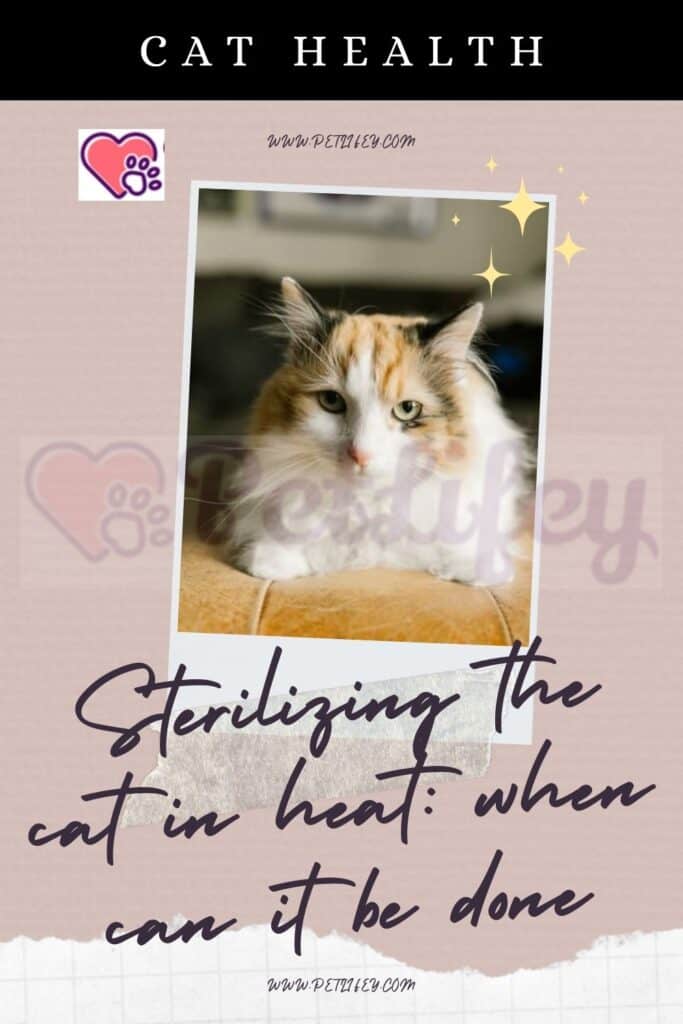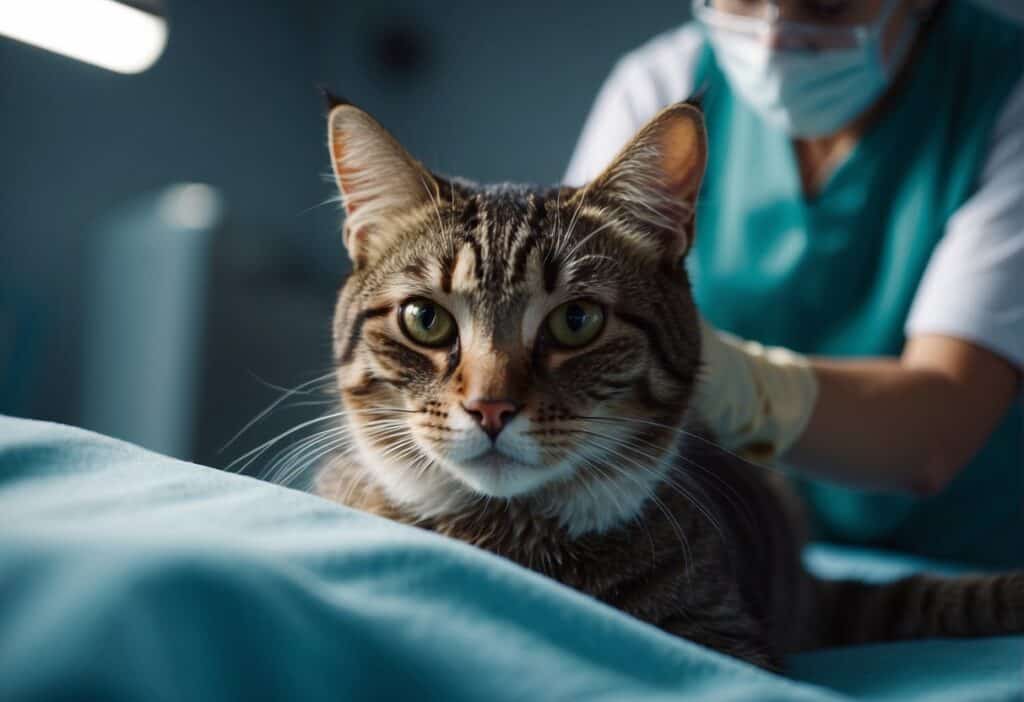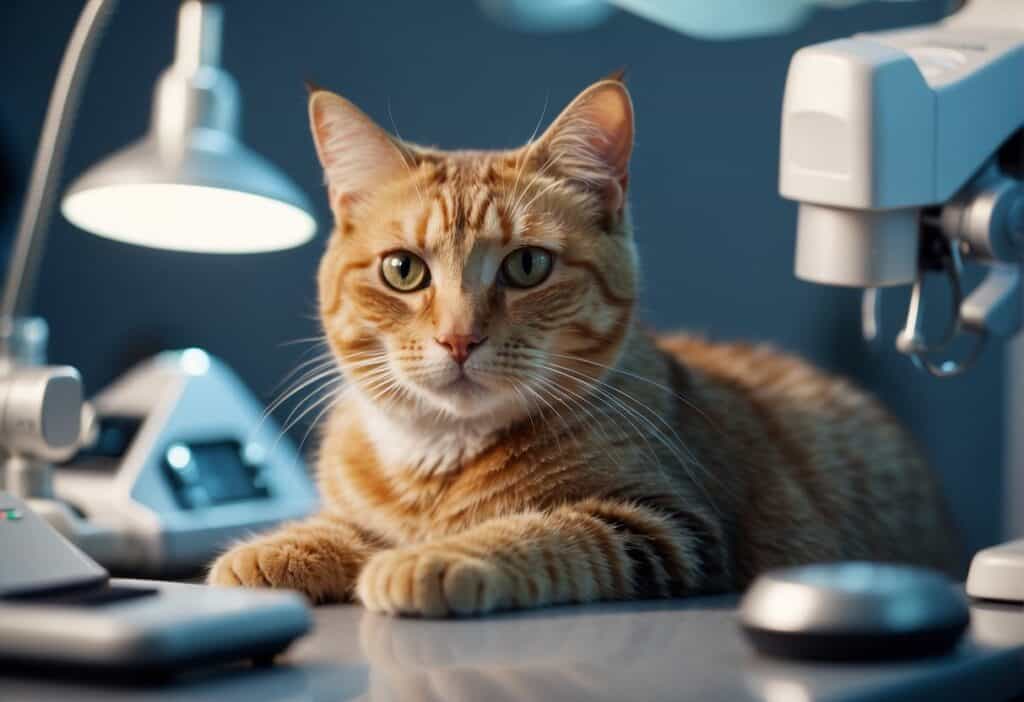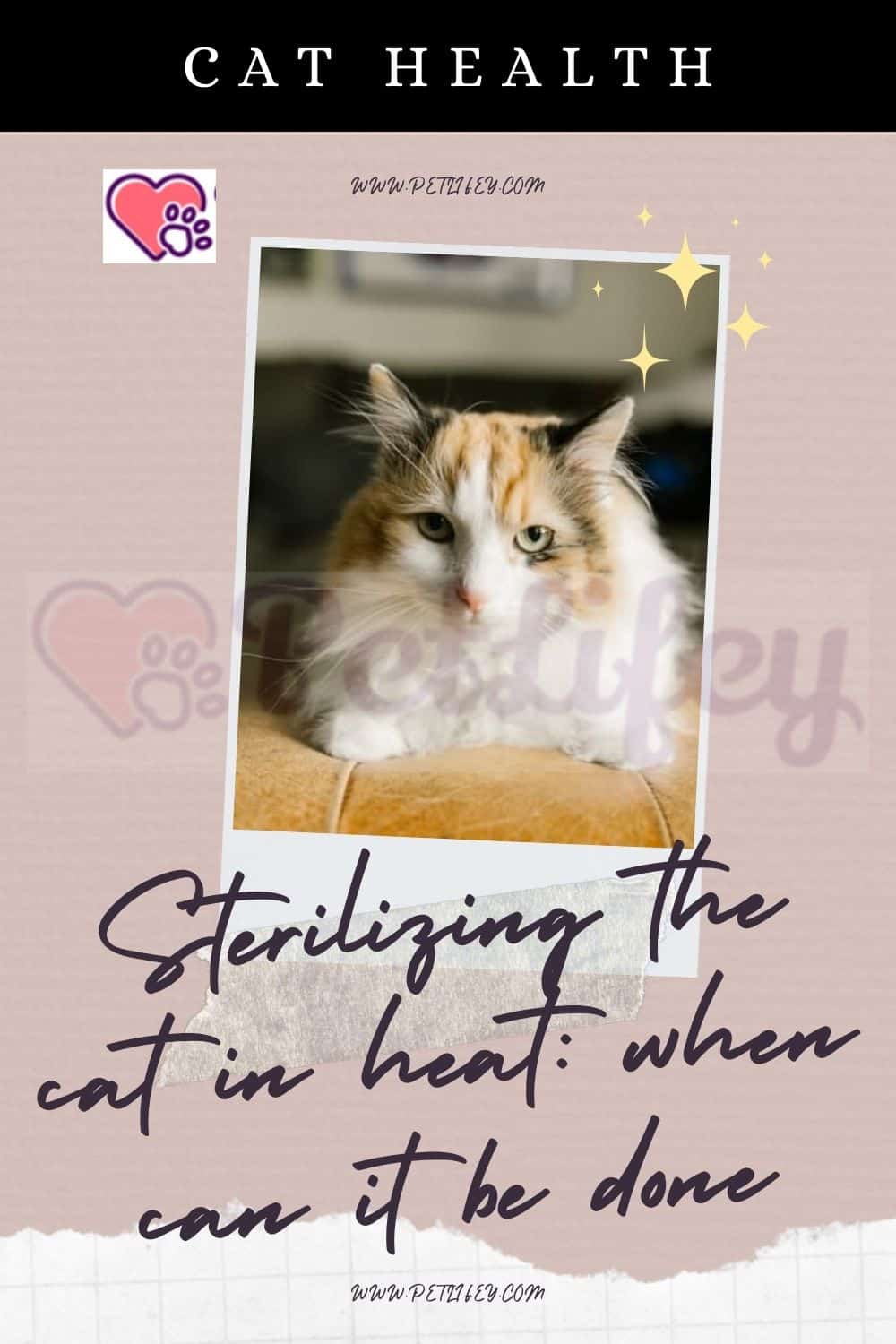Can a Cat Be Spayed in Heat? Understanding the Procedure and Timing

When considering the timing for spaying your cat, a common concern arises around whether the procedure can be done while she is in heat. While it’s possible to spay a cat during this time, veterinarians often suggest waiting until the heat cycle has concluded. This is because, during estrus, the reproductive organs are more prone to bleeding, leading to a slightly riskier and more complex surgery.

The ideal time to spay a cat is before her first heat which typically occurs around 6 months of age, but it can happen as early as 4 months for some cats. Spaying before the first heat cycle can prevent unwanted pregnancies and reduce the risk of certain health issues. However, situations may arise where it becomes necessary to spay during the heat cycle. If you’re faced with this decision, it’s crucial to understand the implications and prepare for potential extra costs due to the increased surgical challenges.
Understanding the Heat Cycle in Cats
The heat cycle, also known as the estrus cycle, is a critical reproductive phase in female cats during which they are receptive to mating. This section will explore the cycle’s stages, recognizable behaviors indicating a cat is in heat, and typical patterns relating to their first heat and mating.
Stages of the Estrus Cycle
The estrus cycle in female cats consists of several stages:
- Proestrus: Lasting 1-2 days, this stage is not often noticeable as there is no significant change in behavior.
- Estrus: This is the fertile period, spanning 3-14 days, where a female cat becomes receptive to a male cat.
- Interestrus: Should your cat not mate during estrus, this duration of inactivity in the cycle can last 1-2 weeks.
- Diestrus noticeable if your cat has mated; otherwise, it resembles interestrus.
- Anestrus: A phase of sexual and hormonal inactivity lasting several months during the colder parts of the year.
Signs of a Cat in Heat
During the estrus phase, your cat may exhibit signs such as:
- Rolling on the floor
- Increased affection toward humans or objects
- Vocalizing more often (such as yowling and meowing)
- Elevating the hindquarters when stroked
- Displaying an urge to escape outside to find a mate
First Heat and Mating Patterns
Female cats can experience their first heat as early as four months old, with the ideal time for spaying typically recommended before this initial cycle to minimize complications. Mating usually occurs when female cats are in the estrus stage and exhibit behavioral changes indicating readiness to mate. Male cats can detect a female in heat through pheromones and vocalizations, which can lead to increased attention from them.
Health Considerations for Spaying

When considering spaying your cat while she is in heat, it is critical to be aware of the potential health implications, including risks and benefits. Your cat’s age and overall health play significant roles in how the procedure will be approached and managed.
Potential Risks and Complications
Spaying a cat, medically known as an ovariohysterectomy, involves the removal of the reproductive organs. When your cat is in heat, her reproductive organs become engorged with blood, which can increase the risk of complications. These complications include:
- Excessive bleeding: Engorged blood vessels may lead to more bleeding during surgery.
- Tearing: The increased fragility of the tissues can result in tearing during the procedure.
- Anesthesia risks: Anesthesia always carries its risks, and these can be heightened if your cat is in heat due to the physiological changes.
To minimize such risks, pre-surgical blood work might be recommended to assess your cat’s health status and prepare for a safe administration of anesthesia.
Age-Related Health Factors
The age at which your cat is spayed can influence her long-term health:
- Mammary cancer: Spaying before the first heat cycle significantly reduces the risk of mammary cancer later in life.
- Uterine cancer: Removing the reproductive organs eliminates the risk of uterine cancer.
Veterinarians generally recommend spaying kittens before their first heat, which can occur as early as 4 months old, helping to ensure a less complicated surgery and faster recovery.
Benefits of Early Spaying
Choosing to spay your cat before she reaches her first heat cycle carries several health benefits:
- Prevention of unplanned pregnancy: Avoids the health risks associated with being pregnant or giving birth.
- Reduced risk of certain cancers: Early spaying can lower the risk of developing mammary and uterine cancer.
- Behavioral changes: May reduce unwanted behaviors such as being overly vocal during the heat cycle.
Post-surgery care will also be necessary, which typically includes keeping sutures clean and preventing your cat from excessively moving or licking the incision site to ensure proper healing.
Surgical Aspects of Spaying a Cat in Heat
When your cat is in heat, spaying becomes a more delicate procedure due to the physiological changes in her reproductive system. Here, we detail the complexities and considerations during the surgery.
Challenges of Spay Surgery During Estrus
During estrus, your cat’s reproductive organs become engorged with blood, making spay surgery technically challenging. Bleeding is a significant concern as the blood vessels supplying the ovaries and uterus are more fragile and can lead to excessive loss of blood. Additionally, the engorged tissues make it harder to differentiate between ovarian tissue and other structures, increasing the risk of leaving behind residual tissue—potentially leading to hormone-driven behavior post-surgery.
Managing Complications
To manage potential complications during spay surgery while your cat is in heat, your veterinarian takes extra precautions. It includes meticulous surgical technique to minimize bleeding and ensure complete removal of the reproductive organs. Antibiotics may be administered to prevent infection, and a close inspection is crucial to ensure no remaining ovarian tissue is left that could cause continued estrogen production. Your vet must be prepared to address sudden complications effectively to reduce the risk of issues like pyometra, an infection of the uterus.
Postoperative Care
After the spay surgery, your cat’s incision requires diligent care to prevent infection and ensure proper healing. Reduced appetite, mild pain, and some lethargy are typical, but your cat should gradually return to normal activity. Watch for signs of bleeding or infection at the site of the incision, which could indicate a need for immediate follow-up with your vet. Your vet will advise on an appropriate recovery space and monitor food intake, as sustaining a healthy appetite supports the healing process.
Timing and Planning for the Procedure
When considering spaying your cat, understanding the ideal timing is crucial to ensure the safety and effectiveness of the procedure, as well as to prevent any unwanted pregnancies.
Ideal Timing for Spaying
The best time to spay a cat is before her first heat cycle. This can be as early as four months old and helps to reduce the risk of complications common in cats that are actively in heat. Scheduling the spay surgery before your cat becomes sexually mature not only prevents the chance of an unwanted pregnancy but also diminishes the possibility of certain reproductive diseases.
- Avoid Spaying During Heat: It’s important to avoid spaying while your cat is in heat. A cat in heat has an increased blood flow to the uterus and ovaries, which can lead to excessive bleeding during surgery.
- Optimal Age Range: Schedule the procedure when your cat is between four and six months old, based on your veterinarian’s assessment of your pet’s health and readiness for surgery.
When to Postpone Spaying
Sometimes, postponing the spay procedure is necessary:
- If your cat is already in heat, it’s advisable to wait until the cycle has completed, which is usually in about one to two weeks. Spaying during heat carries added risks such as increased bleeding and a more challenging surgical procedure.
- Pre-Surgery Health Evaluation: Ensure your cat is in good health before undergoing spay surgery. If your cat is sick or underweight, your veterinarian might recommend delaying the procedure until after recovery or when your cat is stronger and in better condition.
Remember to consult with your veterinarian to schedule the procedure at a time that is safe for your cat and to understand the specifics of pre-operative care and post-operative recovery.







